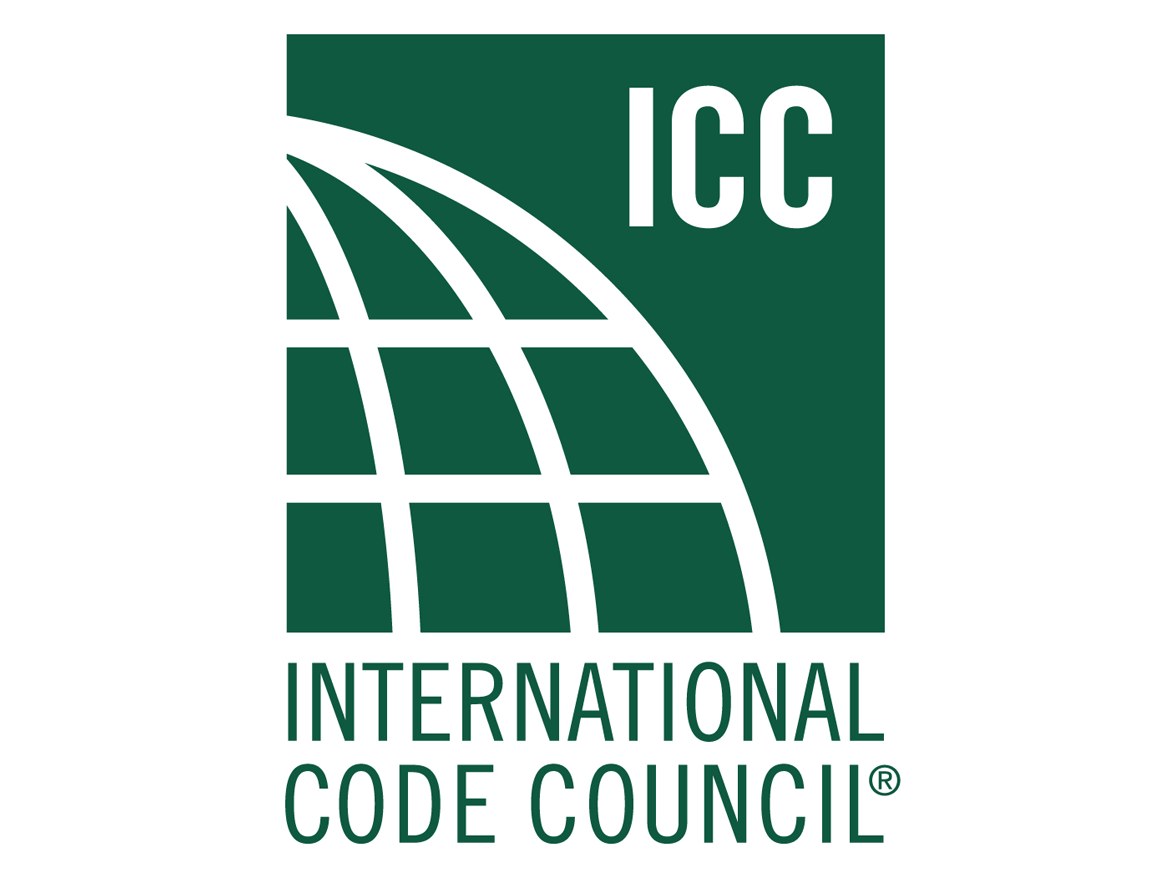Photo © Tian Fangfang
Shenzhen Energy Ring.
February’s special Sustainability in Practice section highlights materials, design approaches, research, and technology that reduce carbon footprints across scales and typologies, from biomass plants to office towers to mass-timber structures with big green ambitions. Also included in this expanded CEU section is an in-depth conversation on building renewal and material reuse with structural engineer and MIT professor John Ochsendorf.
Joined by Juliana Berglund-Brown, PhD researcher at MIT, Ochsendorf is one of several speakers at RECORD’s forthcoming Sustainability in Practice event whose work is also featured in this section, including Ilias Papageorgiou (founder, PILA) and Merritt Bucholz and Karen McEvoy (founding directors, Bucholz McEvoy Architects). The full slate of speakers and registration information for the February 19th event at MIT Media Lab can be found
here.
Select an article to read more.
By Joann Gonchar, FAIA
Watershed Moment
A regulatory agency focused on flood prevention gets an exemplary new headquarters
Photo © Michael Moran
Toronto and Region Conservation Authority Headquarters.
JUST OVER 70 years ago, in October 1954, Hurricane Hazel cut a path of destruction through the Caribbean, the eastern United States, and Canada. In Southern Ontario, the storm dumped 11 inches of rain on
Toronto and nearby communities in 48 hours, killing 81 people, washing out bridges and roads, and displacing more than 1,800 families.
Out of the disaster was born the Toronto and Region Conservation Authority (TRCA). The organization’s mission includes regulating development to ensure responsible management of water, land, and natural habitats, and protection from extreme weather events, especially flooding. Its jurisdiction encompasses nine watersheds and their Lake Ontario shorelines and spans multiple municipalities representing almost 5 million people. “It is what government would look like if it were defined by water,” explains Steve Heuchert, a planner and an associate director at TRCA.
After decades of disregard, a high-rise in skyscraper-averse Greece undergoes a refresh.
BY PHOEBUS PANIGYRAKIS
Photo © Yiannis Hadjiaslanis
Piraeus Tower’s fins minimize solar heat gain.
IT’S NOT EASY to be an optimist, especially as an architect. You have to gloss over hardships, play the cards you are dealt, and deliver a message of lightheartedness to a frequently emotional audience, often while standing on the fragile stage of politics. These cases all apply to Piraeus Tower, in the port city neighboring Athens for which the high-rise is named. The building nevertheless reinvigorates the prospects for
skyscrapers in Greece, a country that has been largely unfamiliar with, and borderline hostile to, this building type for more than five decades.
The design of the 24-story tower, promoted as the first “green and digital” high-rise in a country of almost exclusively low-rise structures, is now characterized by its neutral yet playful facade. Owing to the brise-soleil elements of its curtain wall, which continuously shift in elevation and rotate in plan, the tower’s verticality is visually broken into a sort of spiral. With its privileged position on the port’s waterfront, the tower might appear from afar as a maritime flag, waving against the wind. Up close, the building offers shade to passersby via a recessed gallery that surrounds its plinth, whose three floors accommodate retail, contrasting with the office spaces of the upper floors. A slanted cantilever, seemingly opening like a hanger door, announces the main entrance while also suggesting movement, mirroring the louvers above. But the tower’s design is hardly the main story.
Photo © Guy Nordenson
The UNESCO World Heritage Site of the Horyu-ji temple in Japan houses the world’s oldest surviving wooden structures.
John Ochsendorf (pictured) is a professor at the Massachusetts Institute of Technology (MIT) and a speaker at RECORD’s Sustainability in Practice event at the school this month. His research focuses on the mechanics and behavior of historical structures. He is the recent recipient, along with Juliana Berglund-Brown, of an approximately $1 million, three-year grant from the Environmental Protection Agency to measure and mitigate carbon emissions in construction. The grant will fund research to advance understanding of structural steel products at the end of a building’s life and assess the impacts of reusing steel in new buildings. Here he talks with fellow structural engineer Guy Nordenson.
Photo © Holcim Foundation
John Ochsendorf.
Nordenson: I want to get your reaction about the recent restoration of Notre Dame. From these older structures and their alteration, we can discuss the impact of material choices and decisions to demolish or reuse.
Ochsendorf: I personally am very happy with the decision to restore, not only in-kind with materials but also in technique. Many of the timbers were hewn by hand, so that you can see the axe marks, and it was an opportunity to nourish those crafts, to make sure we still know how to shape oak timbers. I do think that people who visit expect to see something that represents authenticity. If you were to repair that roof in steel or carbon fiber or some other material today, we could have built it faster and cheaper, and the photos for most of the tourists would have looked the same. You could have put slate on the outside. But does it matter that those are oak-timber frames built in a traditional way from locally harvested oak trees? I think the answer is yes. Ultimately, any structure represents our values and it’s a cultural act, and rebuilding it in stone and wood using traditional techniques showed that we still have an ability to do hard things. I think there’s something quite poetic about the act of rebuilding it by traditional means.
Photo © Tian Fangfang
Shenzhen Energy Ring.
February’s special Sustainability in Practice section highlights materials, design approaches, research, and technology that reduce carbon footprints across scales and typologies, from biomass plants to office towers to mass-timber structures with big green ambitions. Also included in this expanded CEU section is an in-depth conversation on building renewal and material reuse with structural engineer and MIT professor John Ochsendorf.
Joined by Juliana Berglund-Brown, PhD researcher at MIT, Ochsendorf is one of several speakers at RECORD’s forthcoming Sustainability in Practice event whose work is also featured in this section, including Ilias Papageorgiou (founder, PILA) and Merritt Bucholz and Karen McEvoy (founding directors, Bucholz McEvoy Architects). The full slate of speakers and registration information for the February 19th event at MIT Media Lab can be found
here.
Select an article to read more.
By Joann Gonchar, FAIA
Watershed Moment
A regulatory agency focused on flood prevention gets an exemplary new headquarters
Photo © Michael Moran
Toronto and Region Conservation Authority Headquarters.
JUST OVER 70 years ago, in October 1954, Hurricane Hazel cut a path of destruction through the Caribbean, the eastern United States, and Canada. In Southern Ontario, the storm dumped 11 inches of rain on
Toronto and nearby communities in 48 hours, killing 81 people, washing out bridges and roads, and displacing more than 1,800 families.
Out of the disaster was born the Toronto and Region Conservation Authority (TRCA). The organization’s mission includes regulating development to ensure responsible management of water, land, and natural habitats, and protection from extreme weather events, especially flooding. Its jurisdiction encompasses nine watersheds and their Lake Ontario shorelines and spans multiple municipalities representing almost 5 million people. “It is what government would look like if it were defined by water,” explains Steve Heuchert, a planner and an associate director at TRCA.
After decades of disregard, a high-rise in skyscraper-averse Greece undergoes a refresh.
BY PHOEBUS PANIGYRAKIS
Photo © Yiannis Hadjiaslanis
Piraeus Tower’s fins minimize solar heat gain.
IT’S NOT EASY to be an optimist, especially as an architect. You have to gloss over hardships, play the cards you are dealt, and deliver a message of lightheartedness to a frequently emotional audience, often while standing on the fragile stage of politics. These cases all apply to Piraeus Tower, in the port city neighboring Athens for which the high-rise is named. The building nevertheless reinvigorates the prospects for
skyscrapers in Greece, a country that has been largely unfamiliar with, and borderline hostile to, this building type for more than five decades.
The design of the 24-story tower, promoted as the first “green and digital” high-rise in a country of almost exclusively low-rise structures, is now characterized by its neutral yet playful facade. Owing to the brise-soleil elements of its curtain wall, which continuously shift in elevation and rotate in plan, the tower’s verticality is visually broken into a sort of spiral. With its privileged position on the port’s waterfront, the tower might appear from afar as a maritime flag, waving against the wind. Up close, the building offers shade to passersby via a recessed gallery that surrounds its plinth, whose three floors accommodate retail, contrasting with the office spaces of the upper floors. A slanted cantilever, seemingly opening like a hanger door, announces the main entrance while also suggesting movement, mirroring the louvers above. But the tower’s design is hardly the main story.
Photo © Guy Nordenson
The UNESCO World Heritage Site of the Horyu-ji temple in Japan houses the world’s oldest surviving wooden structures.
John Ochsendorf (pictured) is a professor at the Massachusetts Institute of Technology (MIT) and a speaker at RECORD’s Sustainability in Practice event at the school this month. His research focuses on the mechanics and behavior of historical structures. He is the recent recipient, along with Juliana Berglund-Brown, of an approximately $1 million, three-year grant from the Environmental Protection Agency to measure and mitigate carbon emissions in construction. The grant will fund research to advance understanding of structural steel products at the end of a building’s life and assess the impacts of reusing steel in new buildings. Here he talks with fellow structural engineer Guy Nordenson.
Photo © Holcim Foundation
John Ochsendorf.
Nordenson: I want to get your reaction about the recent restoration of Notre Dame. From these older structures and their alteration, we can discuss the impact of material choices and decisions to demolish or reuse.
Ochsendorf: I personally am very happy with the decision to restore, not only in-kind with materials but also in technique. Many of the timbers were hewn by hand, so that you can see the axe marks, and it was an opportunity to nourish those crafts, to make sure we still know how to shape oak timbers. I do think that people who visit expect to see something that represents authenticity. If you were to repair that roof in steel or carbon fiber or some other material today, we could have built it faster and cheaper, and the photos for most of the tourists would have looked the same. You could have put slate on the outside. But does it matter that those are oak-timber frames built in a traditional way from locally harvested oak trees? I think the answer is yes. Ultimately, any structure represents our values and it’s a cultural act, and rebuilding it in stone and wood using traditional techniques showed that we still have an ability to do hard things. I think there’s something quite poetic about the act of rebuilding it by traditional means.
A Spanish energy startup believes in power plants with architectural bravura
BY DAVID COHN


Photo © Luis Asín
Translucent polycarbonate wraps the DH Palencia Power Plant.
When Teo López, the founder of the Spanish energy startup DH EcoEnergías, began developing proposals for biomass-fed district heating systems, he entrusted the design of the industrial buildings housing the energy plants to the Madrid-based architects Fernando Rodriguez and Pablo Oriol (2012 Design Vanguards) as part of his public relations strategy. The team developed related designs for 20 projects in central Spain, including this completed plant in the small provincial capital of Palencia, winner ex aequo of the prestigious FAD Prize for Iberian architecture last year. López used both renderings and their realization to help sell the project to city officials and the owners’ associations of apartment buildings, who had to be convinced in sufficient numbers to abandon their fossil-fuel boilers for the new heating network. The plant is part of a boom in such facilities throughout the country, set into motion by public subsidies and other incentives associated with the European Union’s mandate to become carbon neutral by 2050—the so-called European Green Deal, passed into law in 2019.
The building’s cool, pill-shaped plan, more than 250 feet long and 80 feet wide, is divided between a concrete base and a taller upper section of gently undulating translucent polycarbonate sheeting, which allows silhouetted views of the bright red furnaces inside and their accompanying pipes and machinery, as well as bathing the interior with a soft luminosity. The concrete base supports a cantilevered walkway around the space, provided for the organized visits of schoolchildren and other groups. In addition to creating a positive image for the enterprise, the design thus had a pedagogical function, explains Rodriguez. “It had to be transparent,” the architects decided, “and emanate a certain modernity—the idea of a coming future.”
A permeable skin encircles a mammoth waste-to-energy plant.
BY WANDA LAU

Photo © Tian Fangfang
Shenzhen Energy Ring.
LIKE THE United States, China holds an unenviable position as a leading producer of trash, a fact that has not gone unnoticed by the Shenzhen Energy Environmental Company (SEE). The waste-management company has commissioned dozens of waste-to-energy (WtE) plants across China to put garbage to productive use.
The Energy Ring, in northeastern Shenzhen, takes a noticeable design departure from the boxy and stolid form typical of SEE’s WtE plants. Schmidt Hammer Lassen (SHL), a part of Perkins&Will, collaborating architect Gottlieb Paludan, and architect of record East China Electrical Power Design Institute consolidated the project’s industrial, administrative, and educational program into a tight, circular footprint on its verdant site 22 miles outside the city’s center. “Why would we spread everything out, when we could make it small and reinstate the landscape around it?” says Chris Hardie, design director of SHL’s Shanghai studio.


















